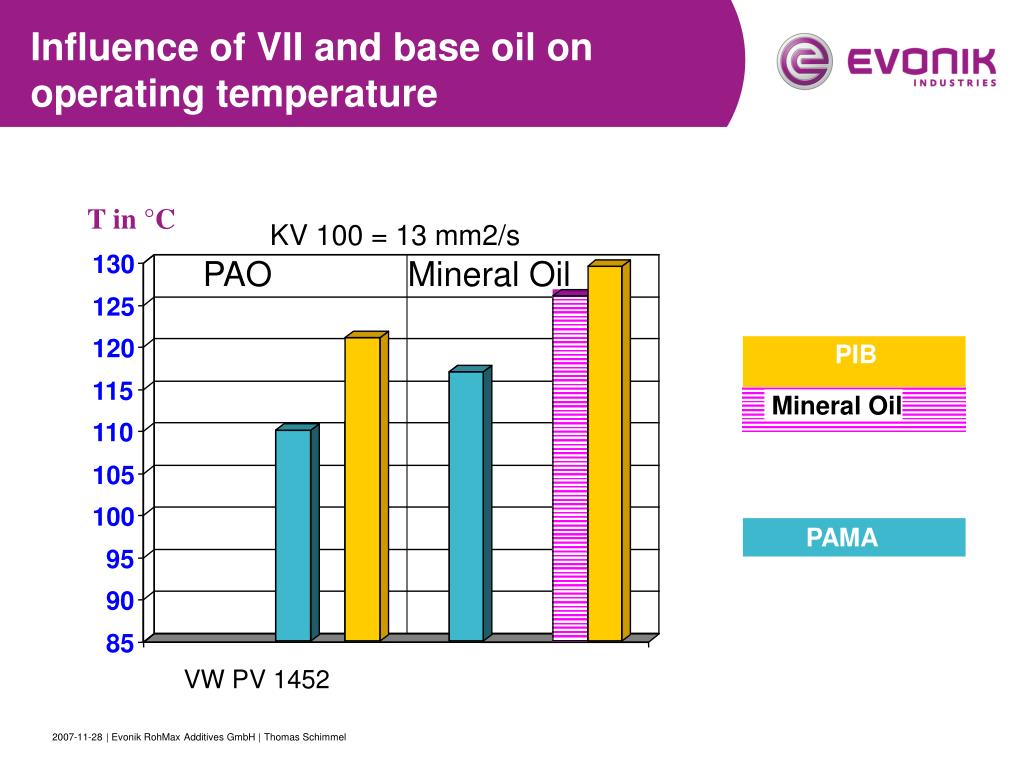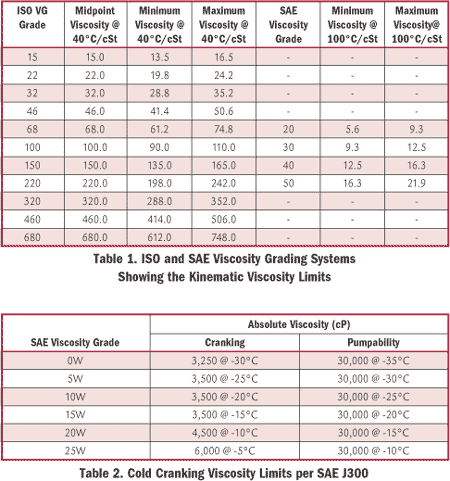

Publication Date: Research Org.: Oak Ridge National Laboratory (ORNL), Oak Ridge, TN (United States) Pacific Northwest National Laboratory (PNNL), Richland, WA (United States) Argonne National Laboratory (ANL), Argonne, IL (United States) Sponsoring Org.: USDOE Office of Energy Efficiency and Renewable Energy (EERE), Vehicle Technologies Office (EE-3V) USDOE Office of Energy Efficiency and Renewable Energy (EERE), Sustainable Transportation Office. At concentrations of 2 wt % in a group I base oil, these polymer additives demonstrated an improved viscosity index and reduced friction coefficient, validating the basic approach. Oil-solubility was found to decrease with fewer internal carbons, but the number of internal carbons appears to have little influence on the bulk solution viscosity. Changing the reaction time and concentration provided opportunities to investigate the influence of molecular weight and branching density on oil-solubility, viscosity, and friction. Controlling the aliphatic nature of the internal arms and peripheral end-groups provided four unique flexible polymer designs.

Once polymerized, via catalyst and heat, the surface alcohols were functionalized with fatty acids (lauric and palmitic). The monomer design was comprised of aliphatic arms (12 or 16 methylenes) to provide the necessary lipophilicity to achieve solubility in a non-polar medium.

The monomer was designed as to undergo polymerization via polycondensation within the architectural construct (AB2), typical of hyperbranched polymers. Our efforts included probing the comb-burst hyper-branched aryl polyester architecture for beneficial viscosity and friction behavior when utilized as an additive in a group I oil.

In this study, we report novel polymeric materials that may be used as viscosity index improvers (VII) for lubricant applications.


 0 kommentar(er)
0 kommentar(er)
